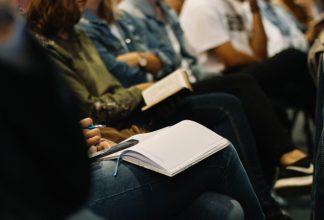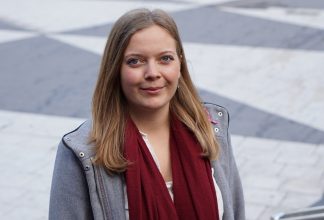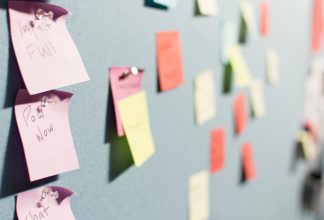Meet the Second Round Applicants: Part 1
On Sunday 5 November we closed the second round of the Human Rights Innovation Initiative’s Innovation Challenge 2017.
The successful applicants have nurtured their ideas in different corners of the world, and several of the proposals aim towards having not only a local, but also a regional or even global impact. The scalability of the proposals has been impressive and clearly denotes the altruistic ethos of many of the innovators.
Following the trend of the first round, the second round applications covered a wide range of topics: LGBT social network platform, animation videos, safe communication, team security coordination, mental health relief, gamification, among other things.
Fun fact: exactly half of the second round applications focused on Creative Reporting and the other half covered human rights defenders security.
We had the opportunity to talk to some applicants. In today’s post, we will introduce a few of those who have applied under the theme of Creative Reporting.
Marijana Maric
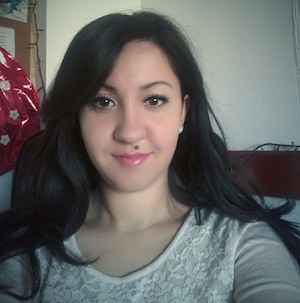 Marijana Maric is theExecutive Director of the Initiative for Inclusion VelikiMali, an organisation dedicated to support and protect the rights and inclusion of children who live with disabilities as well as children from marginalised groups in the Serbian society.
Marijana Maric is theExecutive Director of the Initiative for Inclusion VelikiMali, an organisation dedicated to support and protect the rights and inclusion of children who live with disabilities as well as children from marginalised groups in the Serbian society.
Marijana and her team have noted the difficulty in getting decision-makers, local communities, educational staff and the wider public to understand and really listen to the issues that they raise.
– In my organisation, we have for a while now had the feeling that we need to change something. We need to figure out a way of explaining complicated issues and ideas in the simplest and most concrete way, says Marijana.
After having discussed the issue within their working team, Marijana and her colleagues came up with an idea to use animated videos to reach a broader audience and to make their message heard.
– We need to simplify our message and stop using project language. When reaching out with our message in a more creative way, more people will listen. We know that for-profit companies already use similar methods, so why should not non-profits who work for the protection of human rights do the same? We have such strong messages and they need to be heard, says Marijana.
One of the key aspects of the idea is, according to Marijana, that the product will be shareable and accessible.
– We can see that 80% of the world’s internet traffic is predicted to be made out by video content in the next two years. These animated videos, which are shareable, could be a part of that and used for raising awareness. They have the possibility to go viral on social media, and engage a large number of citizens. In the long run, they thus make up a tool in the work of holding authorities accountable when they do not live up to their obligations.
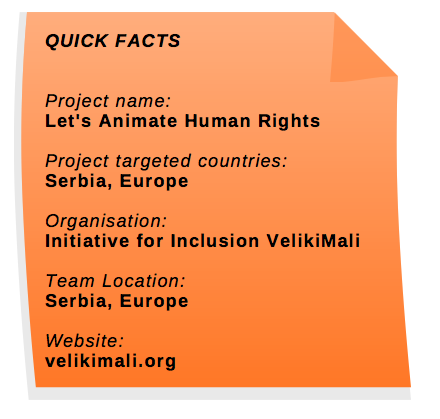
Jenny Pettersson

Describing herself as an entrepreneur and a “tech-nerd”, Jenny Pettersson strives to engage in projects that can make a difference in society.
– Over the years, I have spent a lot of time working in projects that have not engaged me to the full extent. I felt like I wanted to move forward in a different direction and do something else, something real. I guess that one could say that I want to make a difference.
With both a professional and personal involvement in LGBT-rights, Jenny came up with an idea of creating a network where LGBT-girls, activists, and organisations have the possibility to share knowledge as well as support each other in an easy-to-do way.
– The app, which is called LesBeSocial, will be almost like a Facebook for LGBT-girls, she says. I am looking to create a product that will serve as a platform where modern technology meets LGBT-rights.
The strength in having a joint platform where a large number of actors meet, Jenny argues, is that a great deal of knowledge will be collected in one place.
– I think that it makes people more engaged, both because it provides a lot of information but also because it has the potential of serving as a support system for people who face similar issues. Since it is global, it also provides the possibility for the users to share different experiences that they might have from different parts of the world.
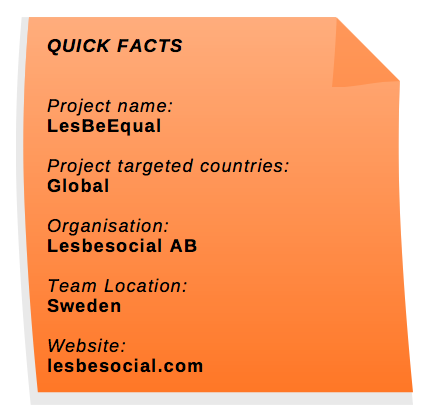
Mohammad Issa
 Working for the Palestinian NGO called Yes Theatre for Communication among Youth, Mohammad Issa has a strong belief that drama and theatre can improve the psychosocial well being of Palestinian children and youth, as well as create a change in their society.
Working for the Palestinian NGO called Yes Theatre for Communication among Youth, Mohammad Issa has a strong belief that drama and theatre can improve the psychosocial well being of Palestinian children and youth, as well as create a change in their society.
– We work to motivate Palestinian children and youth to come up with creative and constructive answers to the challenges and problems that they face. We consider ourselves as a theatre for development, a community theatre which is trying to reflect on the needs of our society in Palestine, Mohammad explains.
After several successful projects, among them the Puppets for Women’s Rights and Gender Equality, Mohammad and his colleagues now aim to focus some of their work on helping human rights defenders to, in a creative and effective manner, create advocacy campaigns for social change.
– We are intent on creating a communication process that facilitates a good understanding. We need to make things easier and we believe that animation is a tool that could help human rights defenders communicate their situation both locally and globally.
Mohammad and his colleagues have submitted an idea aimed at training human rights defenders to produce animation videos that provide clear and accessible information about the challenges that they face.
– We think about this in terms of providing them with tools that can help them convey their messages, reflect about the issues they face in Palestine, and achieve their personal objectives, says Mohammad.

Tomorrow we will introduce two of the applicants who have developed ideas within the theme of human rights defenders security. Don’t miss the second part!
